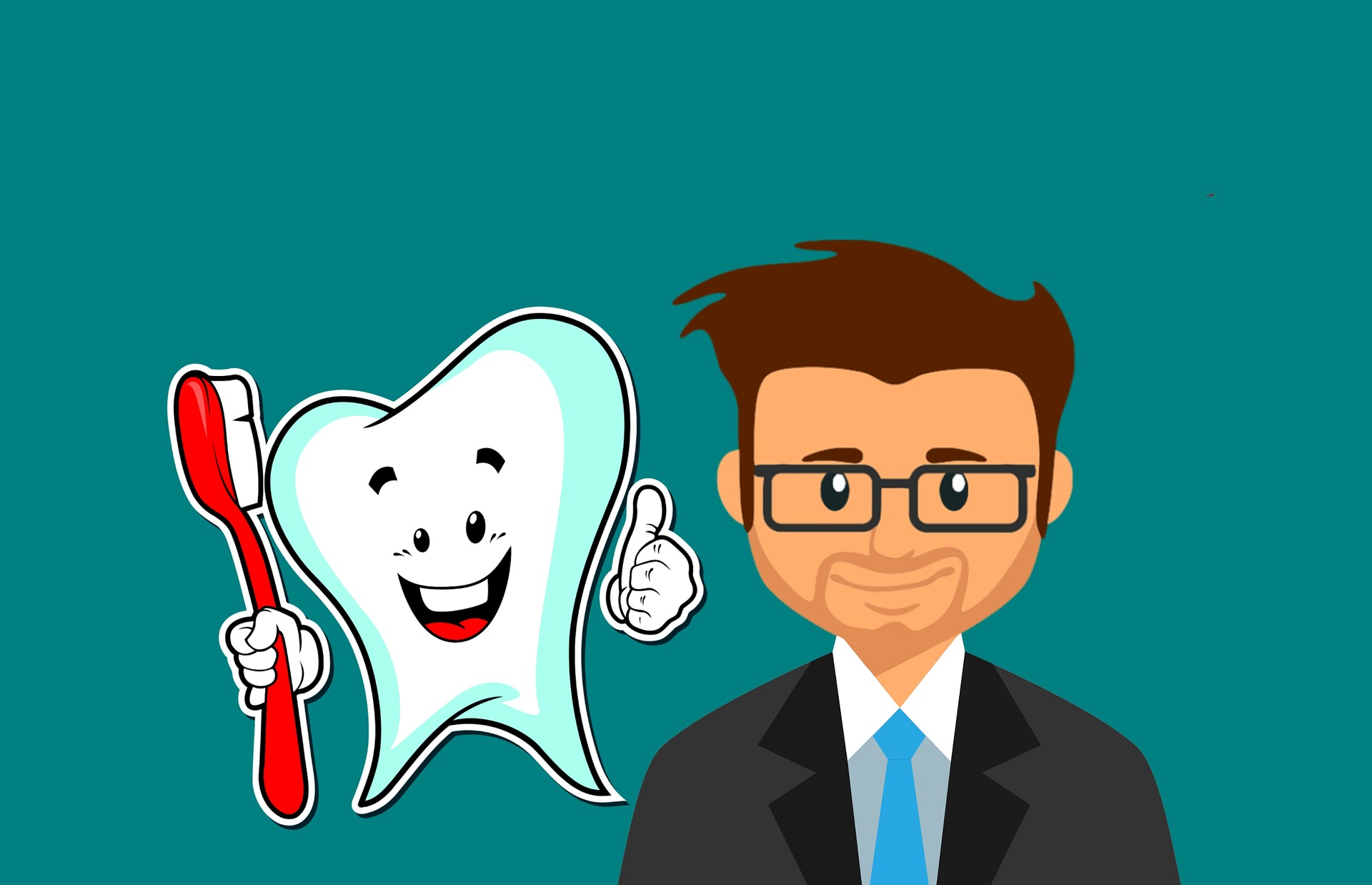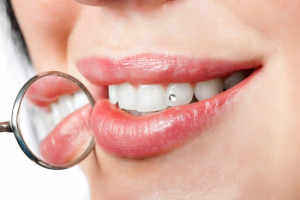The cleaning powers of saliva
As all of you probably know, bacterial plaques are harmful for one’s teeth and for the gums because they transform food (and especially sugar) into acids, which, in turn, then attack the dental enamel. On top of that, several other toxic byproducts of a person’s typical metabolism also contribute to the occurrence of gum diseases. Saliva can offer a so-called helping hand and can boost self-cleaning processes inside the oral cavity. What is particularly important is the fact that a sufficiently high saliva production remineralizes dental enamel in areas that are at high risk of tooth decay. Interested yet? If so, let’s read on.How exactly does saliva help with oral hygiene?
The healing effects of saliva generally fall into one of two clearly defined buckets:Remineralization of teeth: Caries and acid-containing foods pull crucial minerals out of the dental enamel and weaken it as a result. Fortunately, saliva contains minerals that can return at least a fraction of the previously lost minerals and, thereby, promote enamel regeneration.
Self-cleaning: Saliva helps remove sugar and food remnants from the mouth and thereby flushes out a potential food supply for bacteria inside the oral cavity. On top of that, saliva has a dilutive (and, hence, weakening) effect on acids either produced by caries bacteria or by the consumption of acid-rich foods. These self-cleaning properties of saliva are essential for the successful prevention of caries and periodontitis (and other inflammations inside the oral cavity).

What are the consequences of dry mouth?
Some people have a lower saliva production level than average, which can unfortunately have uncomfortable consequences:- Uncomfortably dry feeling inside the mouth
- Stronger bacterial plaques and caries (tooth decay)
- Gum inflammation (incl. periodontitis)
- Bad breath
- Bad fit of prostheses
- Trouble swallowing
Older people often suffer from dry mouth because their saliva production levels decline over time. Other potential causes for lower saliva production are certain medicines, some illnesses (e.g., diabetes), and smoking. Even for somebody who suffers from dry mouth, there are fortunately several approaches to solving the problem:
- Drink more: 2 to 3 liters of water per day or other sugar-free drinks (e.g., tea) – particularly when taking antibiotics or other medicines.
- “Eat the right thing”: Fiber-rich foods (e.g., whole grain bread, fruit, vegetables).
- Chew gum: Chewing always stimulates saliva production and chewing gum does so even more. This can help with the remineralization of dental enamel. To maximize the beneficial effect of chewing gum, always opt for a sugar-free kind (e.g., with the sugar replacement xylitol).
How is the level of salivation tested?
To test the saliva and level of salivation in different patients, dentists can use one of many proven diagnostic tests:- Saliva production: This test determines just how much saliva is produced inside the mouth during chewing. To do so, the dentist gives the patient a tasteless gum made of wax to chew on for 5 minutes. The saliva that is produced as a result is collected in a cup for further examination.
- Test of the buffering capacity of saliva: This test determines how successfully the saliva of a patient neutralizes acids inside the oral cavity. To do so, a dental hygienist applies a drop of saliva onto a testing strip and assesses the test result based on the color of the strip 5 minutes later.
- Bacterial test: This test determines the number of caries bacteria inside the oral cavity (especially lactose germs and streptococcus mutans). As a first step, the dental hygienist takes swabs of the patient’s oral mucosa and applies onto test strips. Test results are then determined based on the color of the test strips a few minutes later.
- Histamine test: Periodontitis forms due to attacking bacteria and can, in severe cases, lead to serious inflammations that can threaten not only the gum line but also the teeth that are anchored in it. Fortunately, dentists nowadays have an effective means of therapy at their disposal. To measure the progress of said therapy, dentists use histamine saliva tests to determine whether bacteria breeding grounds have successfully been destroyed (the lower the histamine level, the better).
Should a saliva test (bacteria test) show that a patient suffers from significant caries (tooth decay), treatment with bacteria-reducing enamel varnish Cervitec is recommended to prevent plaque formation as well as the spread of harmful bacteria. This colorless enamel varnish hardens very quickly, can be applied very quickly and painlessly, and deploys its effect within 5-7 months.
So just make sure to always stay hydrated and to never neglect the importance of proper salivation.
.png)
In the meantime, we would love to hear from you – please leave any thoughts and feedback in the comment box below and get a free subscription to our blog on our website whenever you like.


